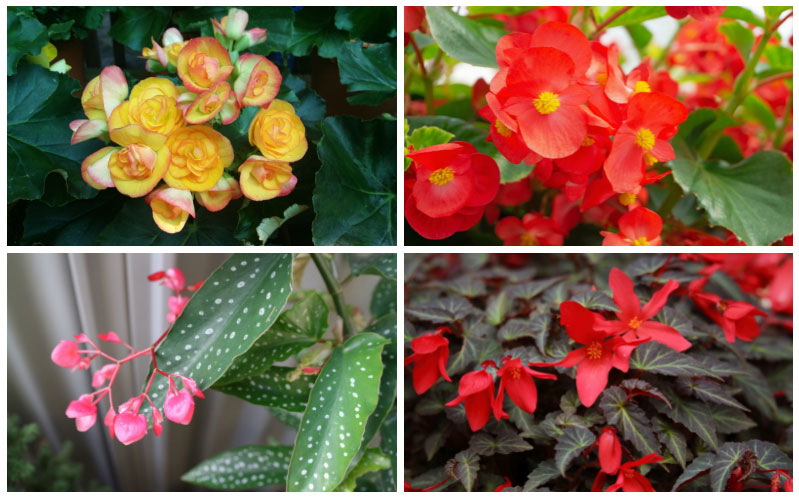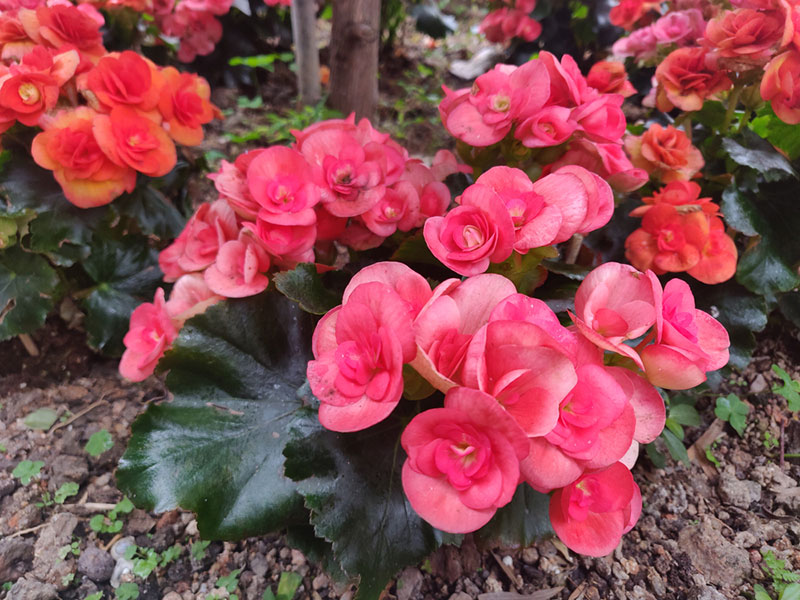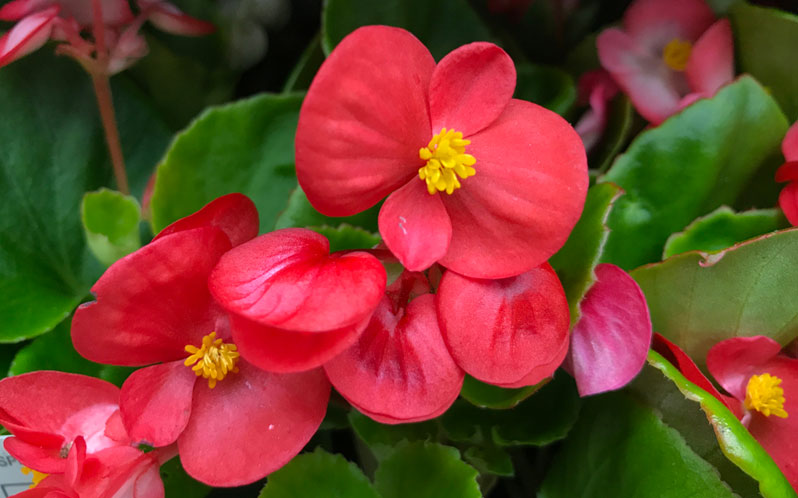Begonia is one of the most beautiful houseplants you can grow in your home. It is not easy to find a Begonia wilting, but some factors might cause the flowering plant to wilt.
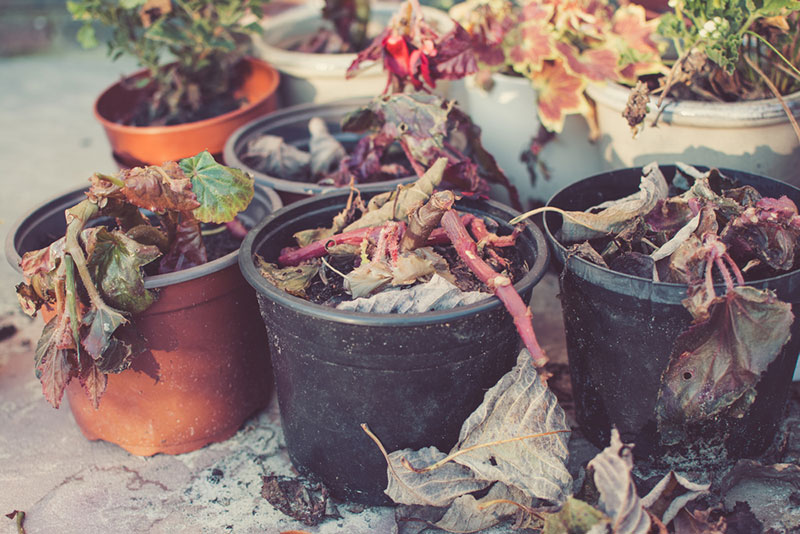
Causes of Wilting in Begonia
Here are factors that may cause your begonia to wilt:
Underwatering
Underwatering is one of the most likely reasons your begonia is wilting. Ultimately, underwatering results in dry soils. That means that the plant may not get enough water and even nutrients from the soil.
Some common types of Begonia which are majorly affected by dry soil include Begonia Maculata and Begonia Rex.
Acclimation
Acclimation refers to the process in which an organism adjusts psychologically to a change in environment. Most Begonia plants tend to wilt when you bring the plant home. The wilting in Begonia when it arrives home might be due to several factors, like:
A Change in Environmental Conditions
The change in humidity, temperature, and lighting from the store to your home might significantly affect the plant, causing wilting.
Traveling Stress
When you expose the Begonia to extremely hot or too cold temperatures while on transit, it might trigger wilting.
Lack of Proper Care at the Store
If you do not take care of the Begonia plant the way it was cared for at the store, it may start wilting.
The improper care might have resulted in weak roots, which will affect the rate of water absorption and cause wilting.
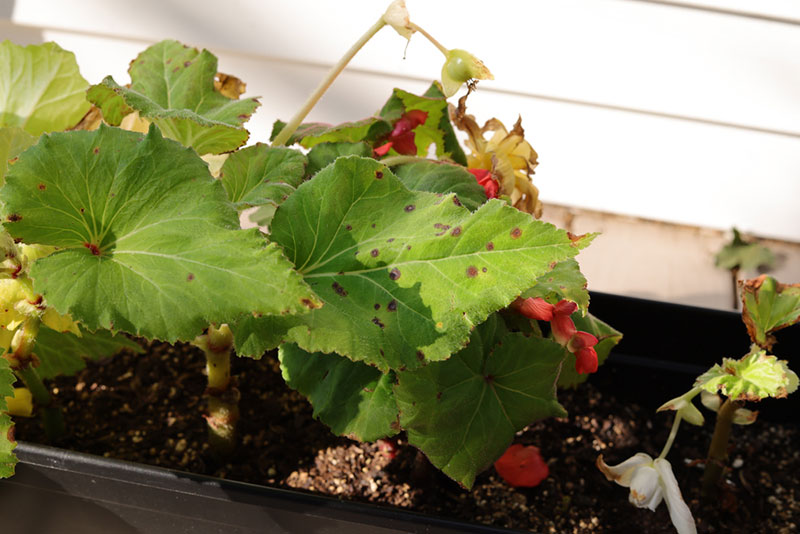
Disease
The infection in your Begonia plant is one of the key contributors to wilting. The diseases that infect Begonia include Botrytis blight, Pythium rot, and fungal leaf spot.
The diseases may express themselves in various ways, such as:
- Black and soft stems
- Brown leafs
- Loose petioles
- Collapsing of the plant
A stressed begonia has a high chance of being affected by diseases hence more likely to experience wilting.
Pests
Severe pest infection will cause a lot of problems to your Begonia plant. First, it will lead to wilting to some extent, which can even cause death in the plant.
Yellow spots, molted and holes on the leaves might be a sign of a pest in your plant. You deal with pests by isolating the affected plant to avoid spreading to other Begonia plants in your home.
Overwatering
When the soil has excess water, it reduces the aeration in the roots. If roots suffocate due to lack of enough oxygen, it directly affects the leaves, which become stressed and start dropping off.
Soil that has a lot of water also results in the rotting of the roots. Therefore, the plant will lose the support and thus ends up wilting.
The best way to deal with the situation is to avoid excessive watering in your Begonia.
Signs of Overwatered Begonia Plant
- Leaves turn yellow
- The continuous dropping of leaves
- Breaking of the stems
- Leaf tips turning brown
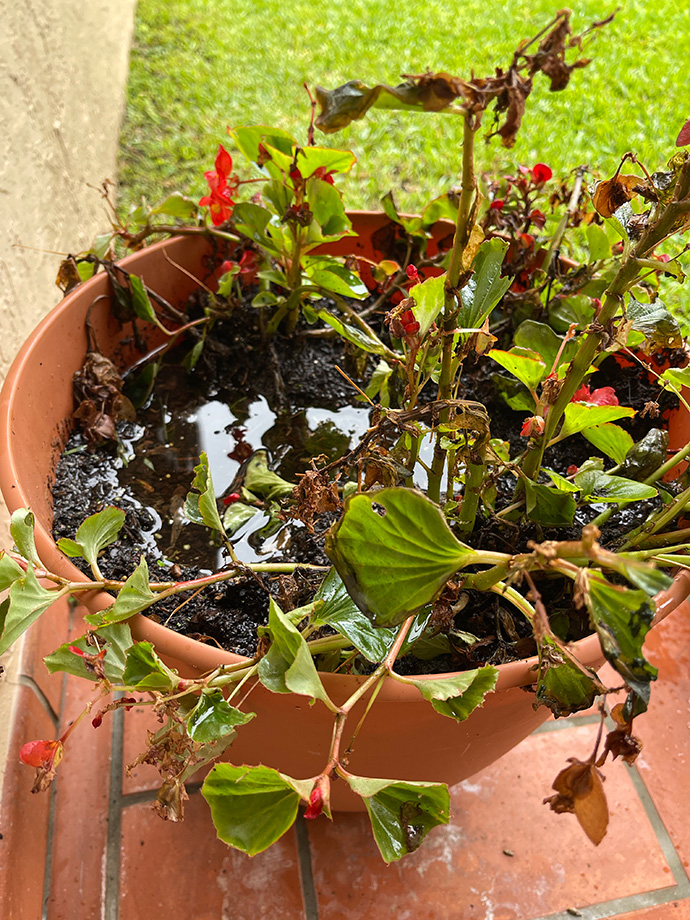
Transplanting
Begonia plants tend to drop off a few leaves after transplanting. The wilting is likely to happen within 24- 48 hours after repotting.
You need to ensure the soil you are transplanting your Begonia has the optimum conditions necessary for your plant’s survival.
Low Humidity
When you expose your Begonia plant to prolonged arid conditions, the chances of wilting are too high. In addition, the low humidity accelerates the wilting if there is a combination of other factors such as under-watering.
The humid level in your room should be above 40% to avoid wilting in your Begonia plant.
Temperature stress
Begonia plants typically survive at average temperatures in most homes. However, the plant needs a temperature of 15-24 degrees Celsius. Therefore, any temperature outside the range will cause stress on your Begonia plant.
Any temperature below 10 degrees Celsius will result in wilting and damage to the plant, while hot temperatures cause massive water loss, causing wilting due to water imbalance.
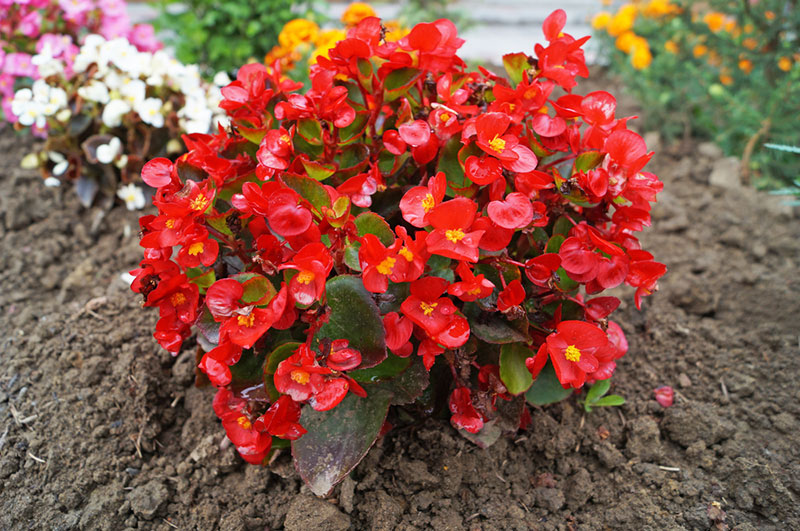
How to Fix Wilting in Begonia
- Make sure you use well-drained soil
- Any soil that is holding water for a longer time when watering is not effective for Begonia growth
- Ensure the humid level is above 40%
- Continuous check for the presence of pests on Begonia
- If any, then use the isolation method to counter-spread
- Locate your plant in a well-ventilated place
- Avoid too much lighting and also low lighting to your Begonia plant
- Regular check for diseases and infections





